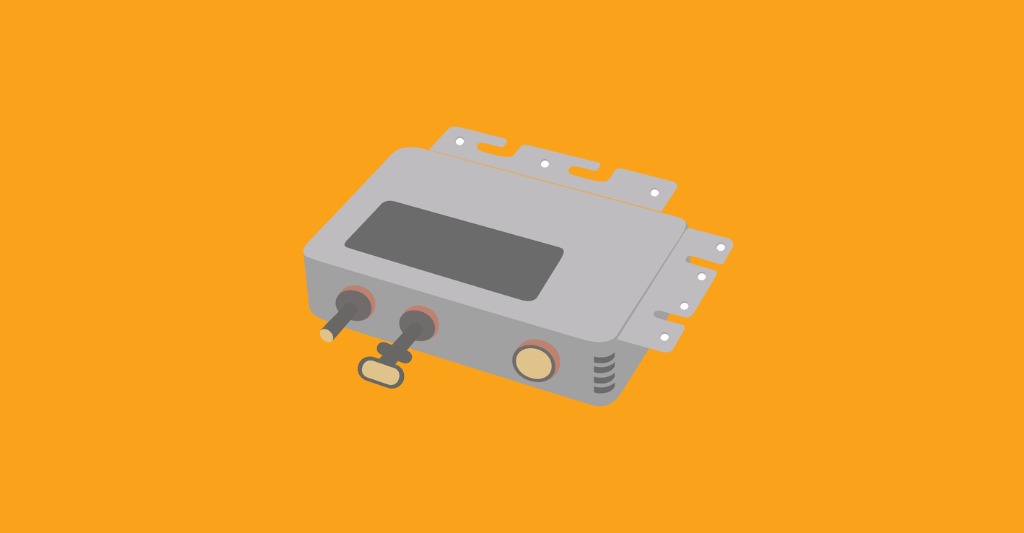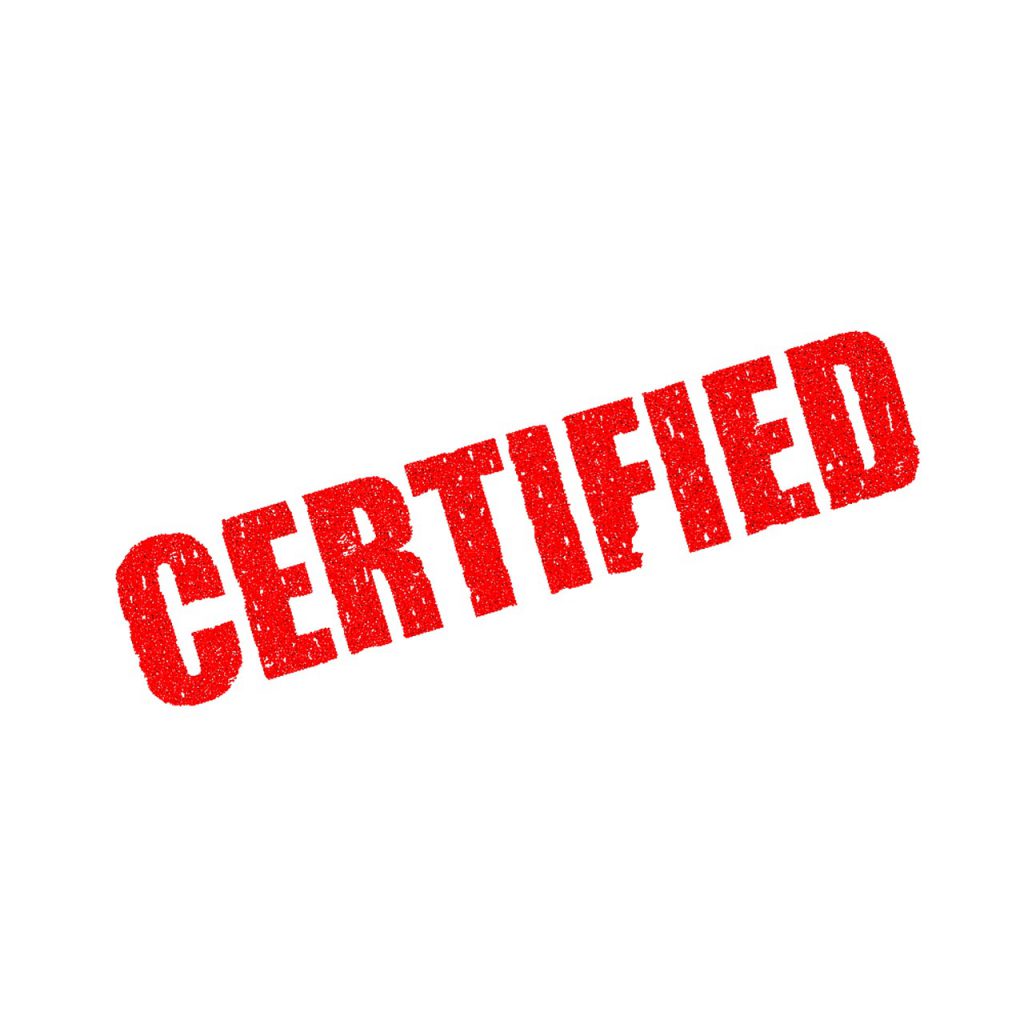Solar energy systems have more to them than simply the panels that you see on rooftops. One of the main components of these systems is the inverter. This essential part of a solar energy system is responsible for converting Direct Current (DC) energy into Alternating Current (AC) electricity. There are two main types of inverters you can choose from when having your system installed: string inverters and microinverters. Microinverters are the smaller of the two, and convert DC to AC one or two panels at a time, instead of converting electricity from the entire array of solar panels, as string inverters do. There are both advantages and disadvantages to microinverters, which you should know about before determining which inverter is right for you.
What Are Microinverters?

Microinverters, unlike a string inverter (which is a standalone, central unit), are installed on each solar panel. This makes them the best option for roofs that have an abundance of shade, since they can operate independently. With a string inverter, solar panels produce electricity based on the level of the lowest-performing panel on the same string. However, with microinverters, because each panel has its own inverter, all of the other solar panels can perform efficiently even if one panel is not.
The Pros
- They’re more efficient. The fact that microinverters are installed on each panel is one of their biggest advantages. This is especially true if you have a roof with multiple angles that all get different amounts of sunlight. Having a microinverter on each panel means that each panel will be producing its own AC electricity, without having to rely on the performance of the solar panel next to it. Because of this, microinverters can increase the efficiency of your solar energy system by 5 – 25%.

- They have longer warranties. The inverter is one of the most expensive parts of your solar power system, so having a long warranty is a huge advantage. Microinverters usually have a 25-year warranty, as opposed to most string inverters, which have warranties of only around 8 – 12 years.
- You can keep track of their energy production. Because microinverters are placed on every panel, you can track individual panel performance using your smartphone! This way you can find out which panel is not operating efficiently and needs to be cleaned or checked for damage.
- They allow for flexible installation. On a limited budget and can only afford a few solar panels? Microinverters are a great way to go! This is because if you decide to add more solar panels in the future, you will not need to connect them to a central inverter.
The Cons
Although there are many advantages to microinverters, there are also a few disadvantages.
- The cost. Microinverters are more expensive to install than string inverters, and the more efficient the inverter, the more you will pay. On average, microinverters cost about $1,000 more than a string inverter.

- Heat could reduce their life expectancy. Your roof is exposed to harsh weather conditions, and because microinverter equipment sits on the roof, they have more potential for breakdowns.
- They require a lot of extra equipment. Because microinverters are installed behind every solar panel, there is a lot of extra equipment on your roof.
- They can be damaged by storms. Most microinverters have surge protection, but there is still a chance that they could be damaged by lightning.
Microinverters are more expensive than string inverters, but they are more efficient and will mean more energy production for your home or business. If you are debating whether a string inverter or microinverters will work best for you, we can help you decide. One of Go Solar Energy’s highly trained and knowledgeable agents will look at your situation, go over the pros and cons of each type of inverter, and help you choose the best option. To find out more, and to easily compare quotes, simply enter your zip code on our homepage, or to speak directly to one of our agents call (888) 290-3112.
Leave a Reply